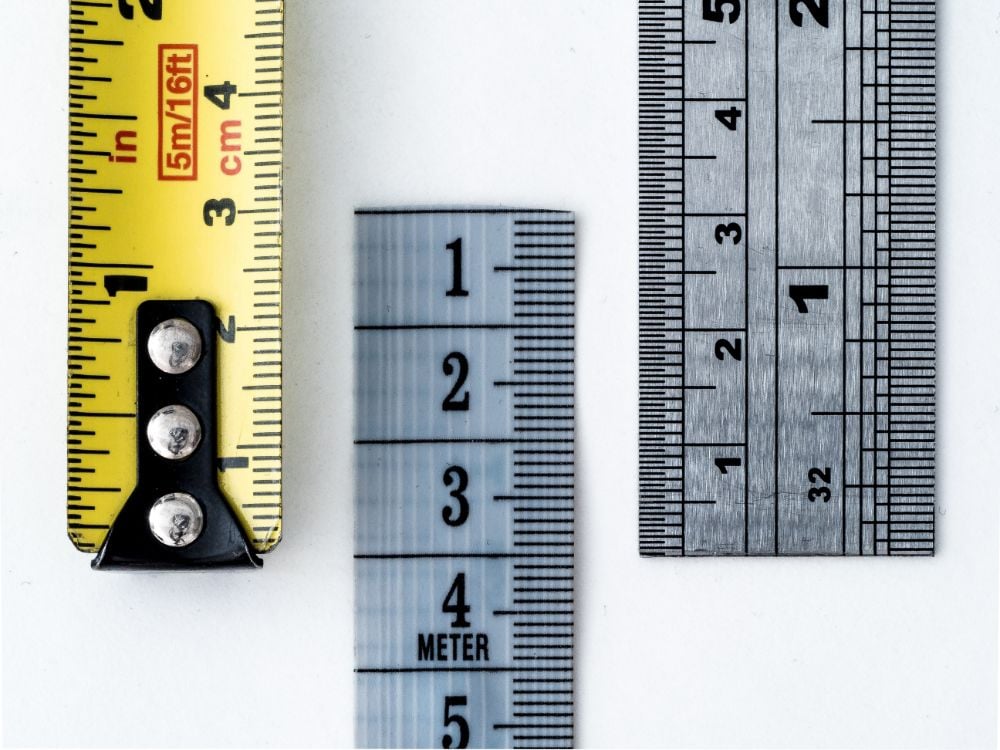Every marketer knows the value of Google Analytics when it comes to evaluating success of online advertising campaigns. But did you know that you can use Google Analytics to measure the performance of your billboard, or really any out-of-home (OOH) advertising, as well?
There are a lot of good reasons to add OOH ads — from billboards, blimps, and buses to wrapped cars and connected tv — to your marketing mix, but one of the most compelling goals is driving traffic to your website. It works. For example, Cozy Earth’s billboard campaign boosted brand search traffic by a whopping 75%.
Even more compelling, 80% of consumers say they have purchased a product or service after seeing an OOH ad.
How do you know billboards made the difference?
It’s simple, when you think about it. You can use Google Analytics to compare website performance before and after adding billboards, much like you would run an A/B test to assess any campaign.
You can measure how billboard ads affected web traffic, engagement goals, and conversions — and even sales in some cases.
Some considerations for the best-possible measurement:
- Keep the number of variables small. It would be ideal to have billboards be the only change you make to your campaign. Of there are multiple changes being made at the same time, attributing website traffic lift can be murky.
Although ideal, it is not always possible to keep campaign variables down to one. Here are some ways to help overcome this:
-
- Focus on web activity within the campaign geography – not overall traffic. This will make it more likely that any lifts are from being exposed to the billboard campaign.
- Use a campaign-specific landing page. If the landing page URL is only being used on the billboard, it is reasonable to assume any traffic to the page can be attributed to the billboard campaign.
- Compare apples to apples. Compare GA data during your billboard campaign to a similar time period before you launched your billboard. At the very least, they should be the same duration. It’s common, and effective, for folks to compare the period prior to the billboard campaign against the billboard campaign period (ie. the 6 weeks before vs. the 6 weeks during the campaign).
Be sure to use the same GA parameters (audience, geo location, etc.) for both periods.
Billboards can help boost SEO
Christian Garces, Data Manager at OneScreen.ai, says that because billboards can drive web traffic and increase branded search volume, advertisers should see relatively high click-through rates (CTRs) as a result.
Algorithms are updated constantly, as Google wants its search engine to provide the most relevant results to searchers. However, Christian notes that “click through rate remains a key factor through the updates. You can determine where your website should appear on search engine results pages based on how many people click through.”
That means billboards can indirectly affect your SEO rankings.
“Aligning your OOH strategy with your online strategy will drive awareness to your website and to key terms you’re trying to rank for. Google will see that in its algorithm checks and boost your rankings!”
Measuring impressions defines reach
The number of weekly impressions gives you an idea of reach. But keep in mind that each consumer typically sees an ad several times. Impressions can be measured using a combination of vehicular and pedestrian traffic data, data modeling, census data and demographic data.
Strong branding leads to action
Memorable billboard advertising piques curiosity and promotes conversation. That’s how Cozy Earth earned that 75% branded search increase noted above. The key here is “branded.”
“Branded rankings are fairly easy to get unless your site is young or your business name is quite common,” says Christian. Using well-chosen keywords in your billboard content can boost search results.
For example, are there keywords that you rank well for but your competitors do not? Use those.
(Be careful here, Christian warns. Unless you own the SERP, you risk advertising for your competitors.)
Is there something unique about your business? A brand-specific program, website content, product or service offering can drive traffic to your billboard. Also good? “High-value, high-traffic keywords that are currently ranking in the 8-12 range.”
Give keywords a try, he advises. You can run a quick and affordable digital out-of-home campaign if you want to have some fun with billboards and flex your SEO muscles.
Learn more about billboard measurement
Measuring billboard performance and attributing its lift doesn’t have to feel daunting. Our webinar, “How OOH is Measured,” explains what you need to know to effectively track and analyze the impact of your billboard advertising.
